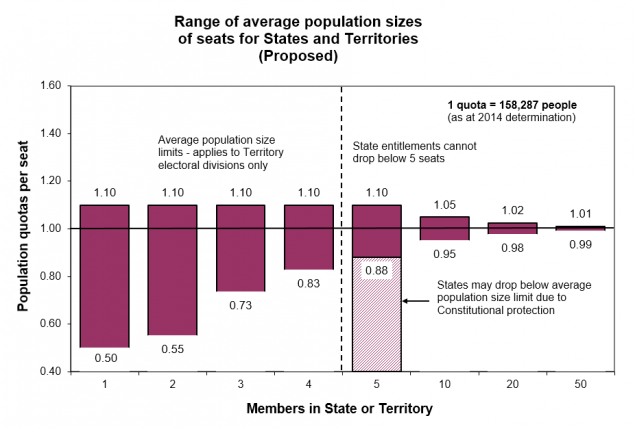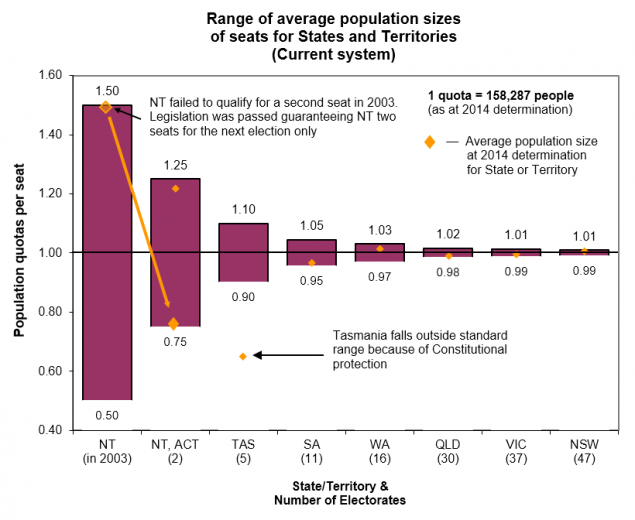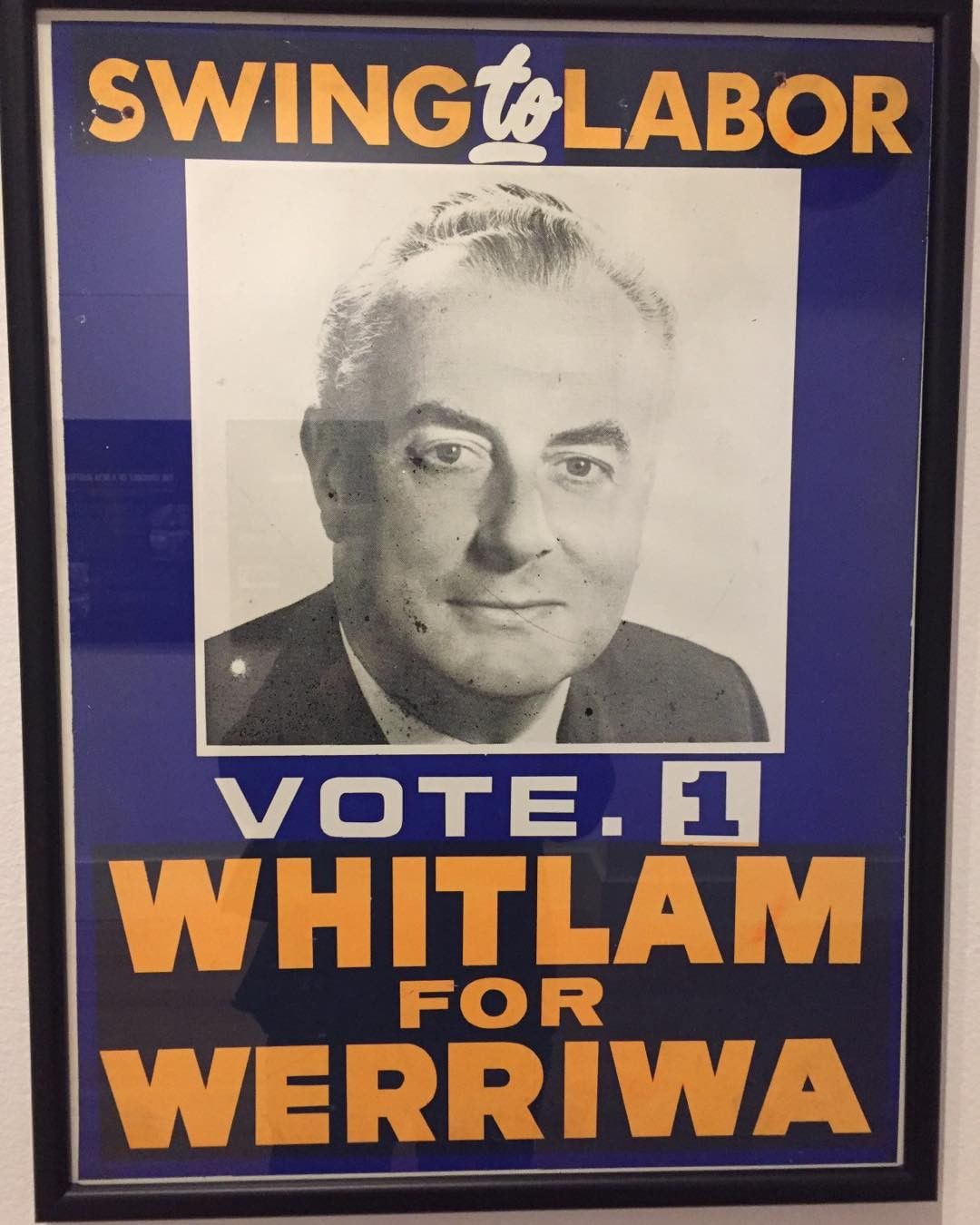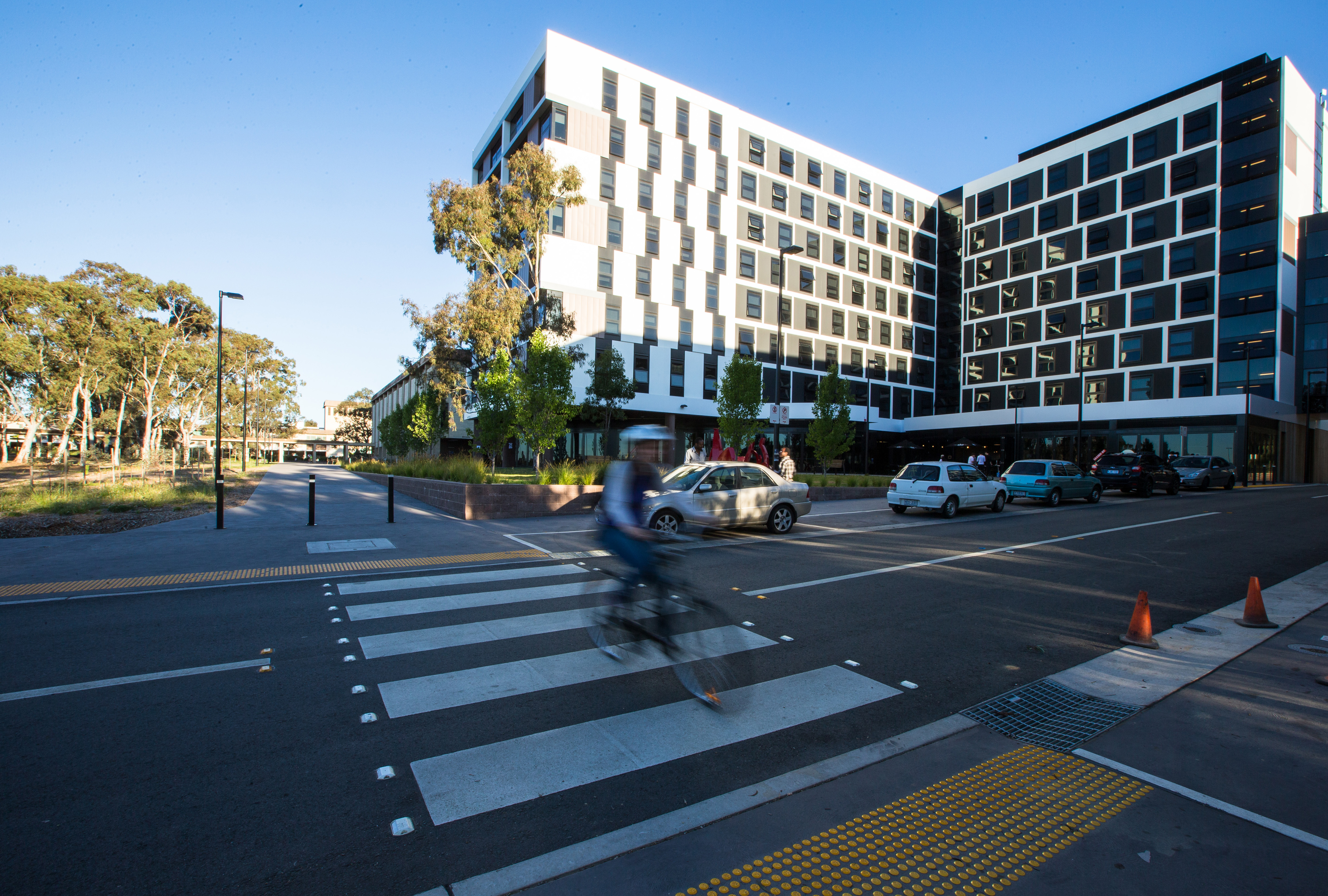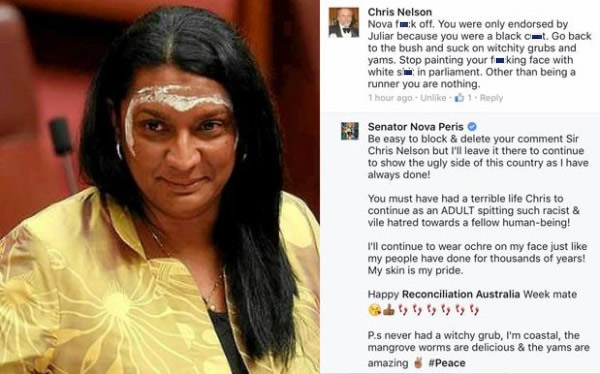Why not have an independent review of the ACT public education system?
The open letter published in The Canberra Times on 8 March by the ACT Council of P&C Associations, ACT Principals’ Association and the Australian Education Union is dismaying on many levels.
Each of these peak body organisations are meant to be advocates for excellence in ACT public schools. The fact that they have chosen to deny all systemic problems, even before an investigation is carried out, says a great deal about their attitudes.
The first instinct of all three advocacy groups was to protect the reputation of the system they are meant to be supporting and scrutinising, not to find out the truth of the situation.
There was not one word of sympathy for the 17 families who were so distressed at being ignored that they signed and sent a petition to the Minister. No mention of the violence against ACT principals being the highest in the country. Neither was there a single note of concern that it took the Education Directorate three months to “attempt to make contact” with all of the families who signed the petition, despite “personal assurances” given to the Minister that the systems in place to deal with these issues was appropriate.
Remember that this petition was sent after parents had been talking with schools and the Directorate since 2017, and after four separate letters were sent to the Minister in 2018. This was an act of desperation.
There are two possibilities to explain this seeming callousness.
The first is that the Minister and the senior management of the ACT Education Directorate didn’t feel it was important to personally ensure that these families were supported and that their concerns were actively addressed. If this is true, all of them should resign immediately.
However, I genuinely don’t believe any of these people enjoy seeing others in distress. This makes it very hard to understand why everyone from the Minister, the Directorate, Principals, Union Officials and the P&C peak body should be so keen to pretend a problem doesn’t exist.
I believe the key lies in the line towards the end of the open letter where we are implored “not to undermine public confidence in our education system”. The truth is that everyone with a stake in the public education system is terrified at what a true independent investigation would uncover.
It is likely that the results would not even be that bad, objectively speaking. Their concern is that any failures would be paraded in the media, and then be used by the Canberra Liberals as an excuse to divert funding into private education.
The irony is that the cry to “protect the system” is now more important than “think of the children”. The fallacy is that since public education is an intrinsic good; therefore, we must protect public education at all costs. The actual lives of families and children in public schools become secondary to the system that is meant to be serving them.
No system, especially those funded by the public, should be immune from transparency, investigation, and improvement.
I can only imagine how abandoned the families who signed the petition must have felt when they read the dismissive attitudes in the open letter.
The Canberra Liberals should go on the public record and affirm that they will not use the results of an independent review as a justification to cut funds. This is an opportunity to avert fears and establish that they are truly concerned. Canberra people are rightly proud of their investment in public education and want a better system, not a mediocre one due to inadequate funding or weak leadership.
If those involved in this debacle were truly committed to excellence then an independent review would be an opportunity, not a threat.




